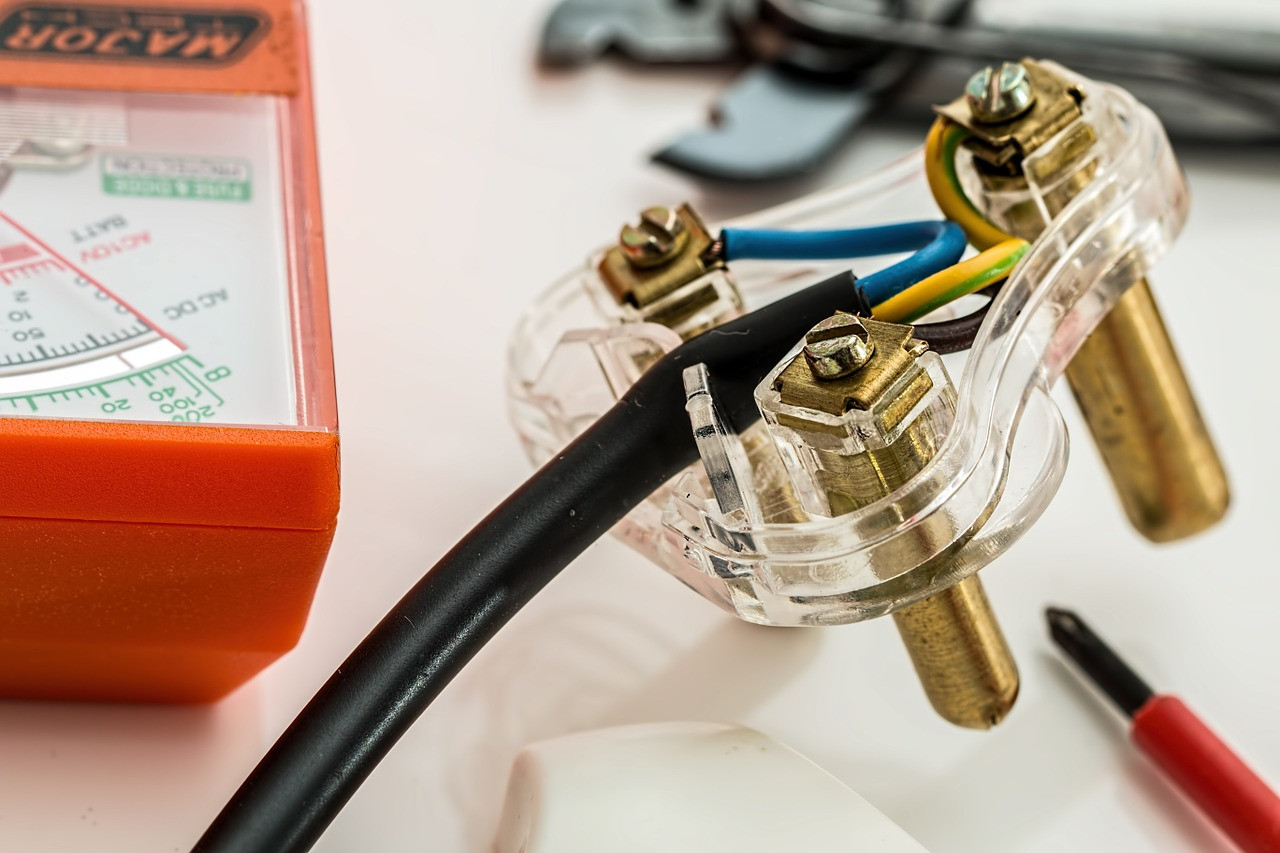Understanding the fundamental components of an electrical system will do you a lot of good when doing installations and repairs. Although electrical work can be highly complex, it's good to know some basics when dealing with electrical problems around the house.
Service entrance
The utility company's service cables that enter your house are connected to the service entrance. There are two main types of service entrance cables, and they can be routed underground or hung overhead, depending on the type.
They both carry 120 volts and are required to have moisture-resistant covering. Type SE cable has to be fire-retardant, while the type of USE goes underground and therefore only requires a moisture-resistant covering.
Electric meter
Every household should have an electric meter since you need something to measure the amount of electrical energy your home uses. You should place it on the exterior wall.
These meters run only when you use electricity in the home. You can purchase analog or digital meter, but nowadays people tend to buy digital meters, for it allows the utility company to read them remotely.
Main service panel
Once it passes through the meter, the electricity travels to your main service panel. It distributes the incoming power to each of the circuits throughout the house. Every circuit has a breaker that can shut itself off in case the overload happens.
It is vital to remember that the power circulating through the service panel is always live, and you should take safety precautions in case there's a reason for you check on these areas. Contact the utility company to inform them about the problem, and they will shut off the power immediately.
Main circuit breakers
The main circuit breaker is connected to all the circuits, and you can use this one switch to shut off all the electricity coming to your house.
However, unless the utility company doesn't shut it off, the power is always present in the meter and the utility service lines.
Switches
A switch is a device that controls the lights in your home. Standard switches can only turn the light on and off, while newer designs offer much more options. The most famous of the varieties of switchers are dimmers.
They offer you the ability to adjust the brightness, which, in most cases, saves a lot of energy. When the switch is on, the circuit is closed, allowing electrical energy to flow and provide a light source. Once you flip it off, the flow is interrupted, disabling the energy to travel from one point to the other.
Outlets
Every room in the house should have at least two outlets. They provide electricity to plug-in devices. Standard outlets are either 15-amp or 20-amp. 20-amp outlets will supply more electricity without causing overload. However, you can find special outlets on the market that can provide up to 50amp of power. They are usually used for high-demand appliances.
Wiring
There are a few different types of wiring in your home. The most common in the non-metallic cable or NM cable for short. Rolex is the most popular brand of this cable, which is why you may also know it as Rolex cable. NM cable is suitable to use in dry, protected areas that excessive heat can't reach.
Armoured cable, also known as BX cable is often used in places where wiring is exposed. The wires inside a BX cable are covered with a layer of aluminium that is resistant to damage. Dishwashers and garbage disposers, for example, need a BX cable.
Branch circuit breakers
The branch circuit breakers start at the main service panel and extend to the electrical devices. They're the last part of the circuit, supplying and protecting all the devices in your house. They have control over the flow of electricity. If you turn off one of the breakers, you will shut off the power to all devices connected to that circuit. In case of an overload, the breaker will trip off automatically. You can overload a circuit by running a high demand appliance. If that happens, use another circuit to power the device, and don't forget to switch the breaker. If you witness the same issue, and the breaker trips again after you unplugged the appliance, call AB Electrical to investigate the problem. An expert will be able to determine how to approach the issue and fix it at the same time.
Electrical conduit
An electrical conduit is a tube that protects and routes electrical wiring. The most popular and common options on the market are made out of plastic or metal, although you can find conduits made out of other materials. They're of use when the wiring needs extra protection from exposure.
Conclusion
We all depend on electricity, and when the power goes out, or there's a problem in the electrical circuit, we should all learn what to do to get things running again. A piece of basic knowledge about electricity can save you money and time, but keep in mind that playing with electricity is dangerous. Call your electrician to fix the problem if you're not sure how to handle it.
